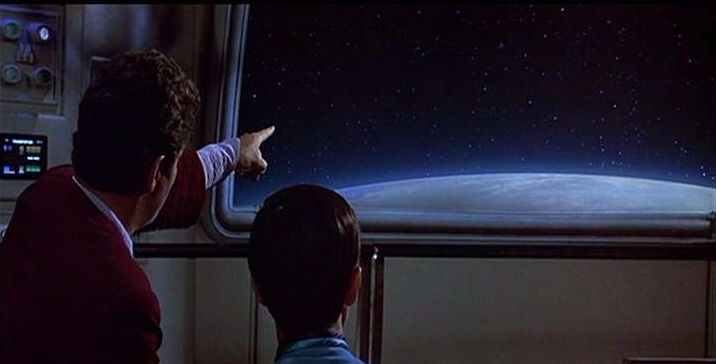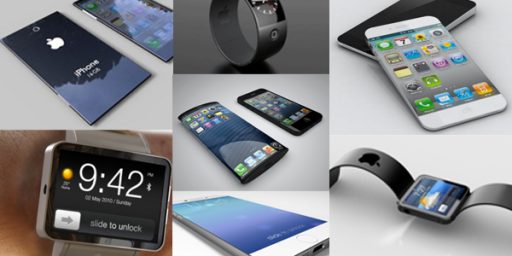Scientists Create Cloaking Device
 Scientists funded by the United States military have created a working cloaking device that absorbs virtually all light.
Scientists funded by the United States military have created a working cloaking device that absorbs virtually all light.
Researchers in New York reported this month that they have created a paper-thin material that absorbs 99.955 percent of the light that hits it, making it by far the darkest substance ever made — about 30 times as dark as the government’s current standard for blackest black. The material, made of hollow fibers, is a Roach Motel for photons — light checks in, but it never checks out. By voraciously sucking up all surrounding illumination, it can give those who gaze on it a dizzying sensation of nothingness.
[…]
But scientists are not satisfied. Using other new materials, some are trying to manufacture rudimentary Harry Potter-like cloaks that make objects inside of them literally invisible under the right conditions — the pinnacle of stealthy technology.
Both advances reflect researchers’ growing ability to manipulate light, the fleetest and most evanescent of nature’s offerings. The nascent invisibility cloak now being tested, for example, is made of a material that bends light rays “backward,” a weird phenomenon thought to be impossible just a few years ago.
Known as transformation optics, the phenomenon compels some wavelengths of light to flow around an object like water around a stone. As a result, things behind the object become visible while the object itself disappears from view.
“Cloaking is just the tip of the iceberg,” said Vladimir Shalaev, a professor of electrical and computer engineering at Purdue University and an expert in the fledgling field. “With transformation optics you can do many other tricks,” perhaps including making things appear to be located where they are not and focusing massive amounts of energy on microscopic spots.
U.S. military and intelligence agencies have funded the cloaking research “for obvious reasons,” said David Schurig, a physicist and electrical engineer at North Carolina State University who recently designed and helped test a cloaking device. In that experiment, a shielded object a little smaller than a hockey puck was made invisible to a detector that uses microwaves to “see.”
Christian Lowe is excited by the advance and adds,
My understanding is that early attempts at this “light bending” technique required bulky power sources and crazy optics. But from this Washington Post piece, it looks as if materials science is beginning to catch up.
Seems to me at least in the early stages, vehicles and aircraft could use the technology since they can carry more weight and generate a lot of power.
Certainly, this isn’t something a grunt would want to lug around in his ruck.
Image: Minerva Files via Google






“…about 30 times as dark as the government’s current standard for blackest black.”
It’s like, how much more black could this be? And the answer is none. None more black.
There will be a need to invent anti-cloaking device sensors in public restrooms and lockerrooms 🙂
Let’s use the cloak on the Democrat’s nominee for prez.
TO: All
RE: I WANT SOME!!!!
For use on my car as a passive defense against police laser-based speed traps.
I had something like this in the 80s, but it was the current ‘stealth’ technology. I had a TR-7, the glorified go-cart that was wedge-shaped.
With the high degree of slope on the hood and the radar-absorbing fiber-glass bumper, the police with standard radar could not tell what speed I was going until I was 20′ in front of them.
I discovered this driving through a small town in Kansas, where the a major form of revenue was speed traps.
My speedometer cable had broken—typical of Brit sports cars, there’s always SOMETHING going afoul—and I was gauging my speed based on the tach. Evidently I was going 3 miles over the posted speed limit with out-of-state tags.
The cop told me he could not tell what speed I was going until I was right on top of him.
I think I’ll have a bra for my current car made out of this material.
Does it come in ‘lip-stick’ red?
Or do I have to repaint?
I’d hate going to flat black. I’ve already had an 18-wheeler try to crawl all over me on an inter-state on night because my previous car had a color you could call concrete-at-night.
Regards,
Chuck(le)